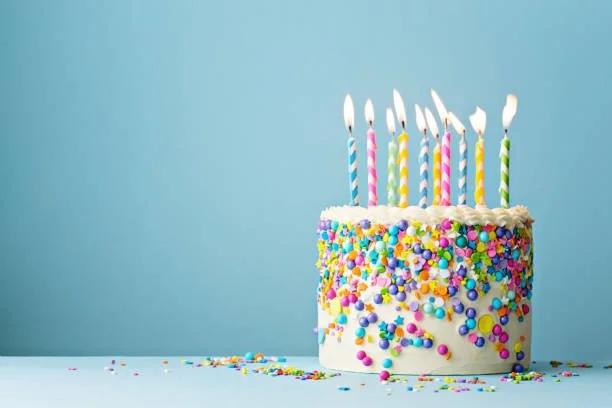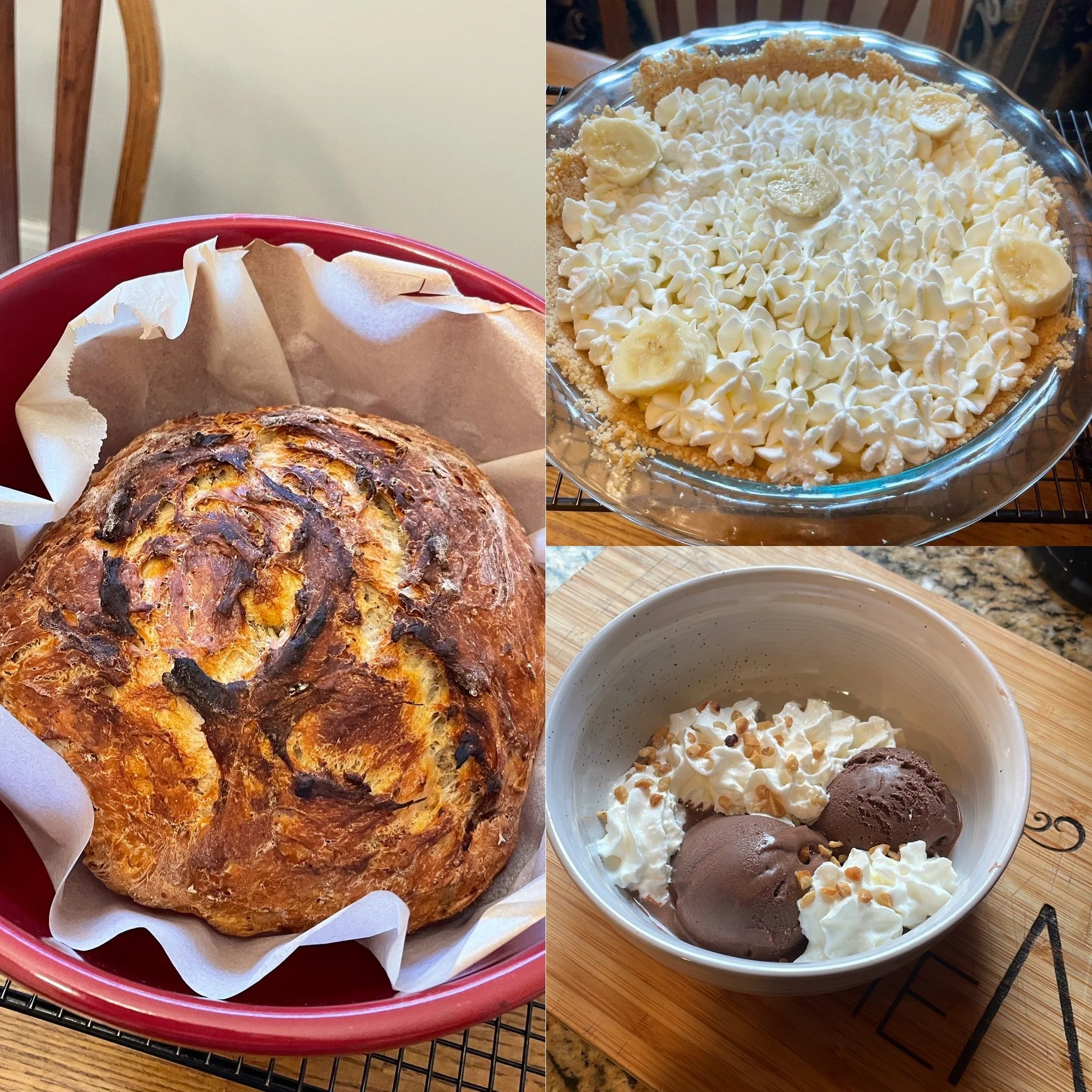Better Cake Part 1-Perfect Cake Layers
Hello everyone,
I love to bake and decorate cakes. I volunteer for an organization called Cake4Kids where I bake and decorate custom cakes for youth who would not otherwise receive one. As of this posting, I have baked, decorated, and delivered 17 cakes and hope to get to 20 by the end of the year. Over time I have learned a lot about the world of cake creation.
In this three part series I will share with you my tips & tricks for better cake. Part 1 will focus on baking perfect cake layers, part 2 will focus on constructing your cake, and part 3 will focus on easy design ideas to decorate your cake.
Let me share with you my best #tedonetips to bake perfect cake layers.
1) Start with a room temperature ingredients:
Many recipes call for ingredients to be at room temperature. These ingredients include butter, milk, eggs, and sour cream. It is important for these to be at room temperature because, as you prepare your cake, room temperature ingredients will lead to a homogenous mixture. This allows the cake to bake up tenderly and evenly.
If you were to use cold ingredients, the ingredients would have trouble combining, your cake may not rise as tall, and the cake may be dense.
I take ingredients that need to be at room temperature out of the fridge about an hour before I start preparing a cake. Butter can even be taken out the day or night before.
A #tedonetip to get eggs to come to room temperature fast is to leave them in a bowl of warm to hot water for about 5 to 10 minutes.
Letting ingredients come to room temperature will lead to homogenous cake batter and beautifully tender and risen cake layers
2)Line pans with parchment:
Make sure your cake layers don’t stick to the cake pan by spraying the pan with canola or vegetable spray, lining the pan with a parchment round, and spraying again.
There is nothing worse than baking a beautiful cake layer and having it stick to the pan when you try turn it out (this has happened to me before).
Lining with parchment is an easy way to ensure your cake layers release from the pan without a hitch. You can even purchase precut parchment rounds the size of your cake pan so you don’t have to cut the parchment yourself.
3)When beating ingredients in your stand mixer make sure to scrape down the bowl AND the beater attachment:
You should scrape down the bowl and the beater attachment a few times as you prepare your cake batter. These times include as you’re beating the butter, beating in the sugar, beating in the eggs, beating in the flour, or beating in any additional liquid.
Anytime you see something clinging to the bottom or sides of the mixing bowl is a good indication to scrape.
Most people are familiar with scraping down the bowl, but forget to scrape down the beater attachment. The beater tends to hold on to unmixed butter or sugar, so scraping it down ensures it will all get mixed into the final cake batter.
4)Don’t overbake your cake:
When you insert a toothpick into your cake, it should come out clean or with a couple very dry crumbs. If the toothpick comes out with wet batter or a very wet crumb it will need a little more time in the oven.
If you are new to baking, I recommend doing the toothpick test when you know the cake is not finished baking so you can learn the indicators to look for when it is fully baked.
5)When adding the dry ingredients to the cake batter don’t overmix:
Mix in dry ingredients until just combined, and then scrape with a spatula one last time to ensure everything is mixed together.
Mixing too much at the end can cause a dense cake.
6) Don’t be afraid to use box mix and/or premade frosting:
If you are new to cake baking or want to practice without breaking the bank, baking from a box mix is a good way to get comfortable with mixing ingredients as well as determining the doneness of your cake layers (two very important skills).
Utilizing a box mix or premade frosting also saves time.
7) Buy an oven thermometer:
Ovens are notorious for not being at the temperature you set it at. Having an oven thermometer will give you an accurate reading. You can adjust the dial on your oven as needed. For example, if your oven is set to 350, but the oven thermometer indicates the oven temperature is 345 you can set the oven to 355 to bring it up to the correct temperature.
Following the steps will help enhance the quality of your cake layers. This will set the foundation for the cake construction and decorating to come.
Looking for a new cake layer or frosting recipes to try? Here are some of my favorites.
My Favorite Vanilla Cake Recipe-
Makes 3 (6 inch) cake layers or 2 (8 inch cake layers). Regardless of size of cake layer, I like to begin checking my cakes around 20 minutes (for 6 inch cake layers) and 25-28 minutes (for 8 inch cake layers)
To make funfetti cake, fold in 1/2 cup rainbow sprinkles to the batter before dividing batter into the pans.
To make a 3 layer 8 inch cake, multiply all ingredients by 1.5
To make a 3 layer 8 inch funfetti cake, multiply all ingredients by 1.5 and fold in 3/4 cup sprinkles
My Favorite Chocolate Cake Recipe
My Favorite Vanilla American Buttercream-
For a 3 layer 8 inch cake, I tend to double the recipe. This leaves me with some extra frosting but ensures I won’t run out.
My Favorite Chocolate Buttercream-
For a 3 layer 8 inch cake, I tend to double the recipe. This leaves me with some extra frosting but ensures I won’t run out.





